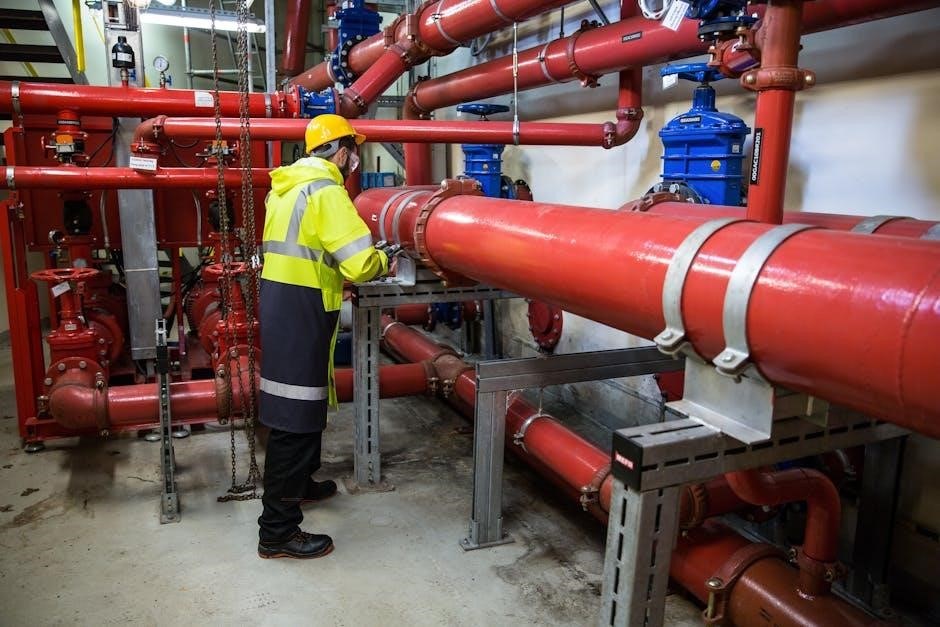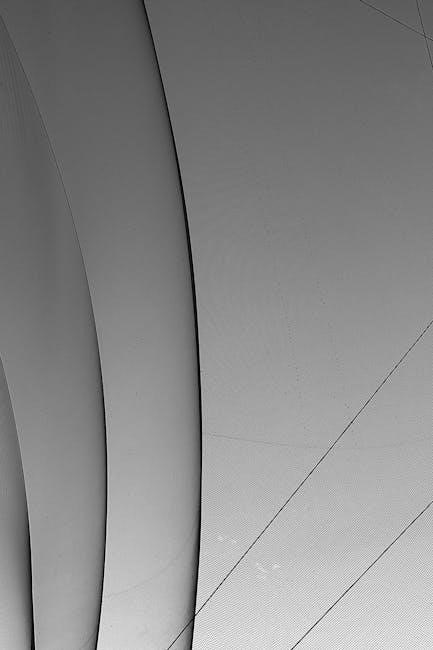Adhesive joining of structural components is a method used in manufacturing,
exploring recent advancements
in adhesive bonding, with new insights and technologies, improving efficiency and reliability always.
Overview of Adhesive Joining Technologies
Adhesive joining technologies have evolved significantly over the years, with various methods being developed to improve the bonding process. The use of adhesive joining technologies has become increasingly popular in the manufacturing industry, particularly in the production of structural components.
These technologies include the use of specialized adhesives, surface preparation techniques, and innovative bonding methods. The application of adhesive joining technologies has numerous benefits, including improved structural integrity, reduced weight, and increased efficiency.
The overview of adhesive joining technologies provides a comprehensive understanding of the different methods and techniques used in the industry. It also highlights the importance of selecting the appropriate adhesive and surface preparation technique to ensure a strong and durable bond.
Furthermore, the overview of adhesive joining technologies discusses the latest advancements and developments in the field, including the use of new materials and automated assembly systems. This information is essential for manufacturers and engineers looking to improve their adhesive joining processes and stay up-to-date with the latest technologies.

Recent Advancements in Adhesive Bonding
New adhesive materials and technologies improve bonding efficiency and reliability always with innovative solutions.
Technologies that Improve Adhesion in Bonded Joints
Several technologies have been developed to improve adhesion in bonded joints, including surface treatments and primer applications. These technologies enhance the bonding process by creating a strong and durable bond between the adhesive and the substrate. The use of advanced materials and manufacturing techniques has also led to the development of new adhesive systems with improved properties. Additionally, the application of nanotechnology and other innovative methods has further enhanced the adhesion properties of bonded joints. Overall, these technologies have significantly improved the performance and reliability of adhesive joints, making them a viable option for a wide range of industrial applications. The development of these technologies is ongoing, with researchers continually exploring new methods and materials to further improve adhesion in bonded joints. As a result, the use of adhesive joining is becoming increasingly popular in various industries, including aerospace and automotive.

Surface Treatments and Automated Assembly Systems
Automated assembly systems and surface treatments enhance adhesive joining, improving efficiency and reliability always with new technologies.
Assessing the Effect of Surface Treatments on Adhesive Joining
Assessing the effect of surface treatments on adhesive joining is crucial for ensuring the reliability and efficiency of the bonding process. The surface treatment of the components to be joined can significantly impact the strength and durability of the bond. Various surface treatment methods, such as cleaning, grinding, and applying primers, can be used to prepare the surfaces for bonding. The choice of surface treatment depends on the type of materials being joined and the specific requirements of the application. By assessing the effect of surface treatments on adhesive joining, manufacturers can optimize their bonding processes and produce high-quality joints that meet the required standards. This involves evaluating the surface roughness, cleanliness, and chemical composition of the treated surfaces and their impact on the bonding process. The use of advanced surface treatment techniques, such as plasma treatment and laser cleaning, can also improve the bonding results. Overall, assessing the effect of surface treatments is essential for achieving reliable and efficient adhesive joining.

Application of Adhesive Joining in Aircraft Structures
Adhesive joining is used in aircraft structures, including fuselage and wing components, for bonding and assembling parts, improving efficiency and reliability always with new technologies and insights available now.
Use of Adhesive Bonding in Primary Aircraft Fuselage and Wing Structures
Adhesive bonding is a crucial process in the manufacture of primary aircraft fuselage and wing structures, providing a strong and durable bond between components. The use of adhesive bonding in these structures has been increasingly popular due to its ability to reduce weight and increase efficiency. According to recent studies, adhesive bonding has been used in the manufacture of aircraft structures since 1945, with significant advancements in recent years. The latest technologies and insights have improved the reliability and efficiency of adhesive bonding, making it a vital component in the production of aircraft. The application of adhesive bonding in primary aircraft fuselage and wing structures requires careful consideration of factors such as surface preparation, adhesive selection, and curing processes. By understanding these factors, manufacturers can optimize the use of adhesive bonding in aircraft production, leading to improved performance and reduced maintenance costs. This has led to increased adoption of adhesive bonding in the aerospace industry.

Properties of Structural Adhesives
Structural adhesives have unique properties, including strength, durability, and resistance, making them suitable for various applications, with new insights and technologies always improving their performance and efficiency levels.
Influence of Ductility Ingredients on Fracture Energy under Static Mixed-Mode Loading
The influence of ductility ingredients on fracture energy under static mixed-mode loading is a critical aspect of adhesive joining of structural components.
The addition of ductility ingredients can significantly improve the fracture energy of adhesives, making them more resistant to crack growth and propagation.
The evaluation of adhesives in mixed-mode loading conditions is essential to understand their behavior under various loading scenarios.
The experimental procedure involves testing the adhesives under static mixed-mode loading conditions, and the results are used to determine the fracture energy values.
The influence of ductility ingredients on the fracture energy of adhesives is a complex phenomenon, and a thorough understanding of the underlying mechanisms is necessary to optimize the performance of adhesive joints.
The use of ductility ingredients can improve the toughness and durability of adhesive joints, making them more suitable for various applications;
The optimization of ductility ingredients and their influence on fracture energy is an ongoing research area, with new insights and technologies emerging continuously.
The understanding of the influence of ductility ingredients on fracture energy is essential for the development of high-performance adhesive joints.
The research in this area is focused on improving the performance and reliability of adhesive joints, and the results have significant implications for various industries.
The application of adhesive joining technology is expanding rapidly, and the understanding of the influence of ductility ingredients on fracture energy is critical for the development of new products and technologies.
The future of adhesive joining technology looks promising, with ongoing research and development aimed at improving the performance and efficiency of adhesive joints.